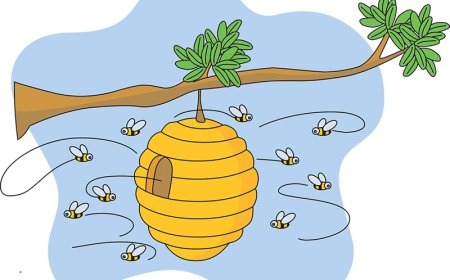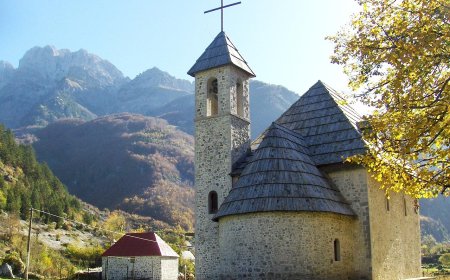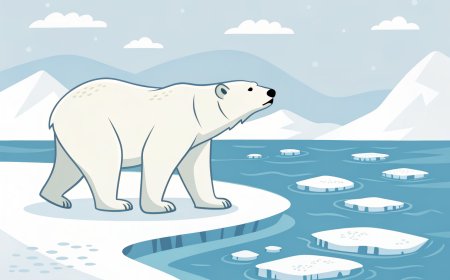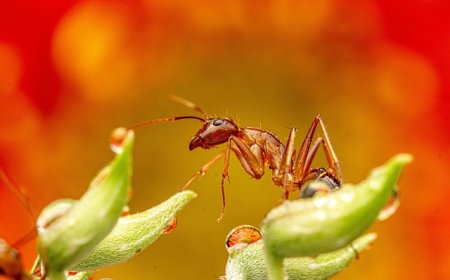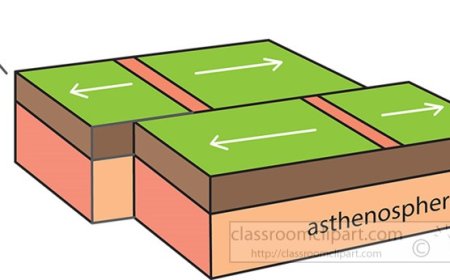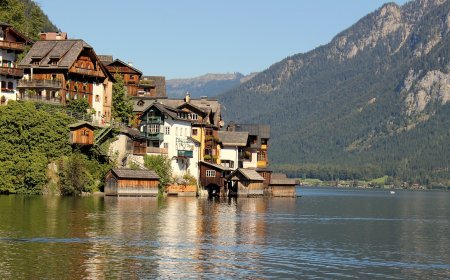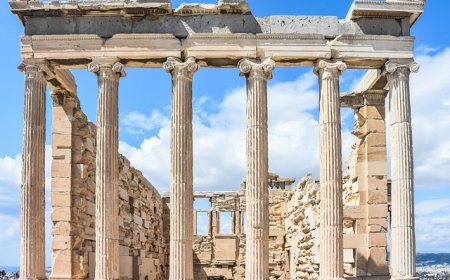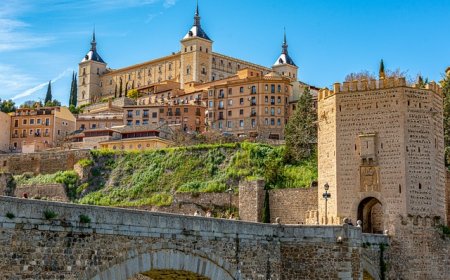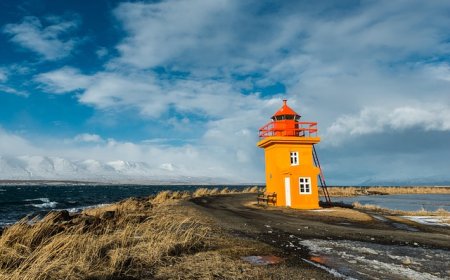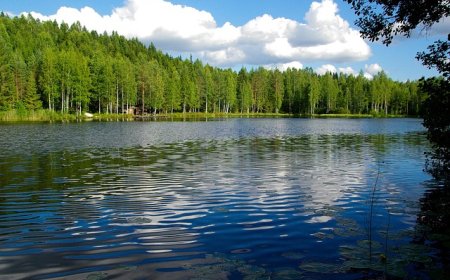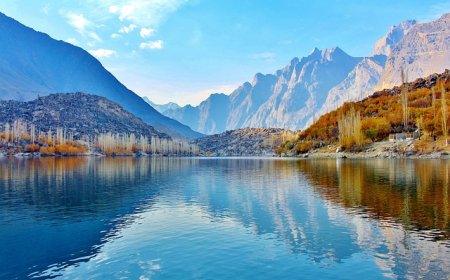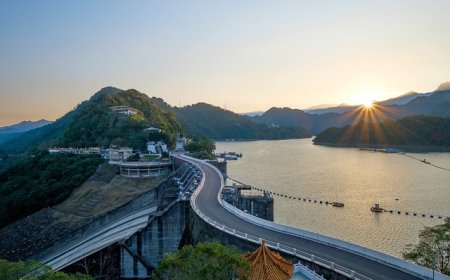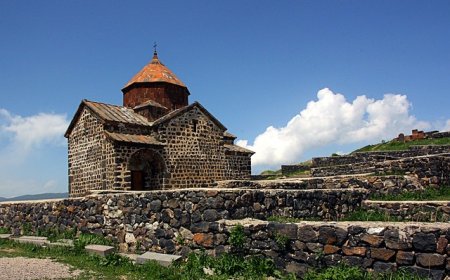Law of Conservation of Energy for Students Explained
Learn how the law of conservation of energy shows that energy cannot be created or destroyed only changed from one form to another with real life examples for students
🌟 Introduction
The Law of Conservation of Energy is one of the most important rules in science. It tells us that energy is never created out of nothing and never disappears - it just changes from one form to another. This idea helps scientists explain everything from how roller coasters work to how plants grow.
🔍 What Is the Law of Conservation of Energy?
The law says:Energy cannot be created or destroyed. It can only change form or be transferred from one object to another.
This means that the total amount of energy in a closed system always stays the same. While energy can look different - like heat, motion, or light - the total amount is constant.
💡 Why Is This Important?
-
Explains everyday processes - From cooking to running, energy changes forms constantly.
-
Helps design machines - Engineers use this law to build engines, power plants, and renewable energy systems.
-
Supports conservation efforts - Understanding energy helps us reduce waste and use resources wisely.
-
Connects all sciences - Physics, chemistry, and earth science all rely on this principle.
🧪 Examples in Everyday Life
-
Roller Coaster: At the top, the car has maximum potential energy. As it moves down, that energy becomes kinetic energy.
-
Pendulum: Energy swings back and forth between kinetic and potential.
-
Bouncing Ball: A ball's motion turns into heat and sound when it hits the ground, but the total energy is still conserved.
-
Solar Panels: Light energy from the sun is transformed into electrical energy for homes.
✨ Fun Facts
-
This law was first studied in the 19th century by scientists like James Prescott Joule.
-
Even when energy seems to vanish, like when a car stops moving, it has changed into heat in the brakes and air.
-
The universe has had the same total amount of energy since it began.
📌 Key Takeaways
-
Energy can change forms but is never created or destroyed.
-
The total amount of energy in a closed system stays constant.
-
This law explains many real-world processes and technologies.
🐾 Kid-Friendly Summary
Energy is like a traveler that changes clothes - it may look different, but it's always the same amount. It can move, change forms, or switch places, but it never disappears.
📚 Vocabulary Words
-
Energy - The ability to do work or cause change
-
Law of Conservation of Energy - A rule stating energy cannot be created or destroyed
-
Energy Transformation - Changing energy from one form to another
-
Kinetic Energy - The energy of motion
-
Potential Energy - Stored energy that can be used later
-
Closed System - A system where no energy enters or leaves
🧠 Interactive Quiz
Choose the best answer for each question.
-
What does the law of conservation of energy state?
- A. Energy can be created but not destroyed
- B. Energy can be destroyed but not created
- C. Energy cannot be created or destroyed
- D. Energy is always lost
-
In a roller coaster, potential energy changes into:
- A. Light energy
- B. Sound energy
- C. Kinetic energy
- D. Electrical energy
-
What type of energy does a pendulum have at the bottom of its swing?
- A. Kinetic energy
- B. Potential energy
- C. Heat energy
- D. Electrical energy
-
When a ball stops bouncing, where has its energy gone?
- A. It disappears
- B. Into heat and sound
- C. Into new matter
- D. Into light only
-
Which of these is an example of energy transformation?
- A. Light energy to electrical energy in solar panels
- B. A book on a shelf
- C. A cold glass of water
- D. A parked car
Answer Key
- C
- C
- A
- B
- A


